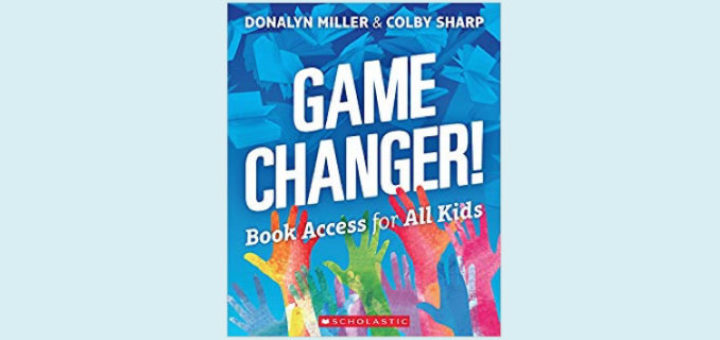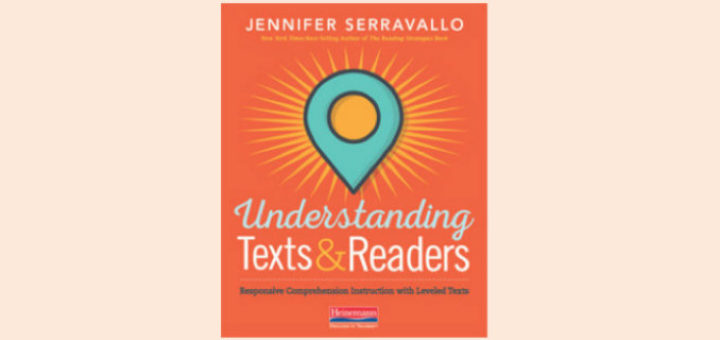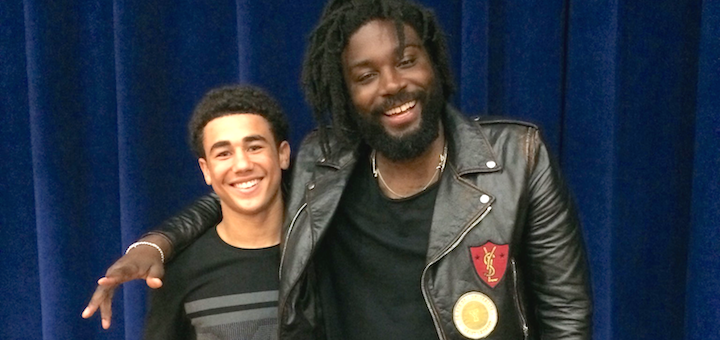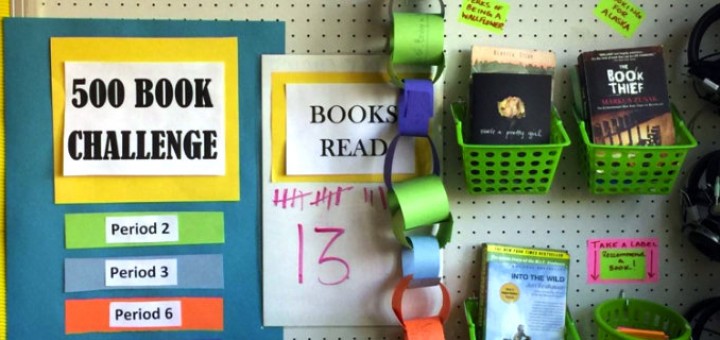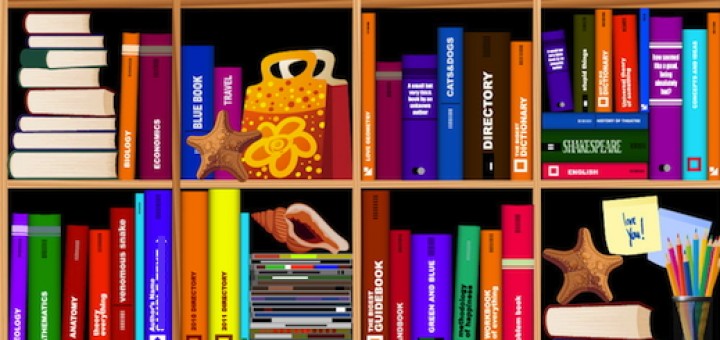Tagged: independent reading
Donalyn Miller and Colby Sharp make the case for dedicated independent reading time and choice in books for all students in all schools – and they push back hard against narrow reading spectrums and the misuse of book leveling, writes 6th grade teacher Kevin Hodgson.
Jennifer Serravallo’s new book will help teachers become more cognizant of their students’ literacy needs and better prepared to meet those needs effectively. Reviewer and preservice coach Linda Biondi praises Serravallo’s student-centered approach to book leveling.
Larry Ferlazzo and Katie Sypnieski provide ELL students the chance to read high-interest books independently. Literary conversations help ELLs interact with the texts, creating a classroom culture of shared literacy. The co-authors share six creative activities.
Middle grade students crave role models and great stories. Author visits provide both in a very tangible way. Learn how media specialist & NBCT Christina Dorr arranges a steady stream of tween and young adult novelists through her school and read 10 tips for doing it yourself!
In Disrupting Thinking, Kylene Beers and Robert Probst argue that educators must help students become empowered readers who read out of personal desire, not just for school work. The authors’ well supported argument uses a “Book-Head-Heart” framework, says Kevin Hodgson.
In Who’s Doing the Work? Jan Burkins and Kim Yaris ask important questions about how literacy teachers should approach reading instruction for a new generation of students. Reviewer and former literacy coach Nancy Chodoroff has high praise for their insights.
ELA co-teaching team Rachel Wysocki Kent & Genevieve Federick share a successful independent reading strategy they designed around a challenging group goal (read 500 books) and a teen-friendly focus question: “What does it mean to be a young person in 2015?”
Lori G. Wilfong’s Do This–Not That take on nonfiction can guide teachers as they enhance their repertoire of strategies to help students think deeply and synthesize what they are reading. The activities and action steps make this book a keeper, says Linda Biondi.
Despite its title, “Independent Reading in the Age of the Common Core” has a narrow focus – a note-taking strategy to strengthen independent reading instruction. Reviewer Tyler McBride plans to implement several of the teacher-authors’ 25 mini-lessons.
What do your students need to succeed in close reading? Literacy consultant Nancy Boyles outlines 10 steps in this article, drawn from her recent Corwin book “Closer Reading.” She also includes five questions to consider before students get started.

